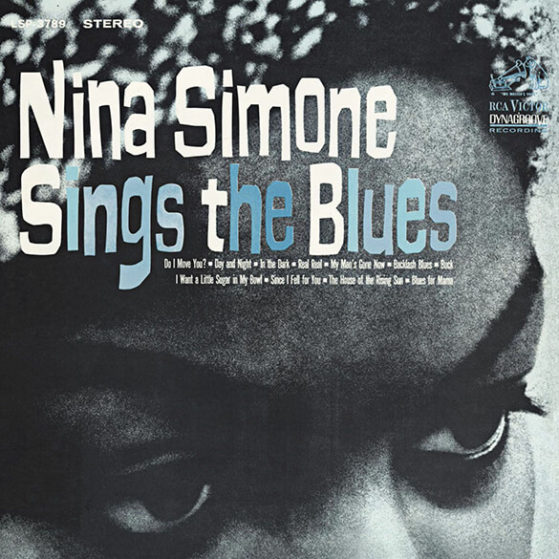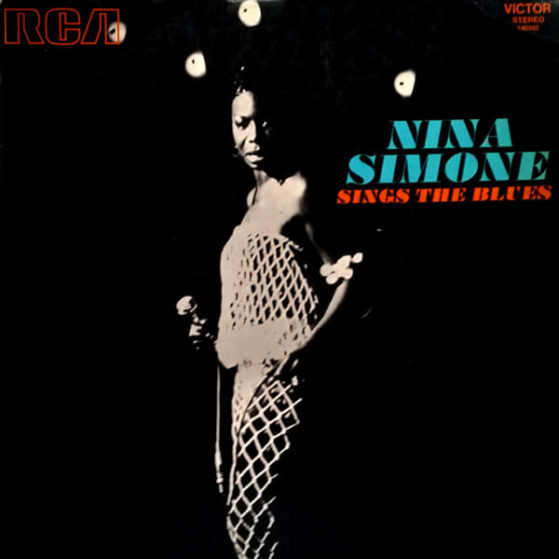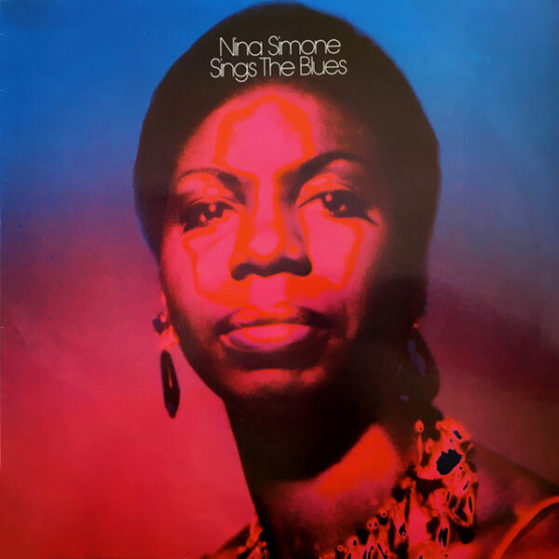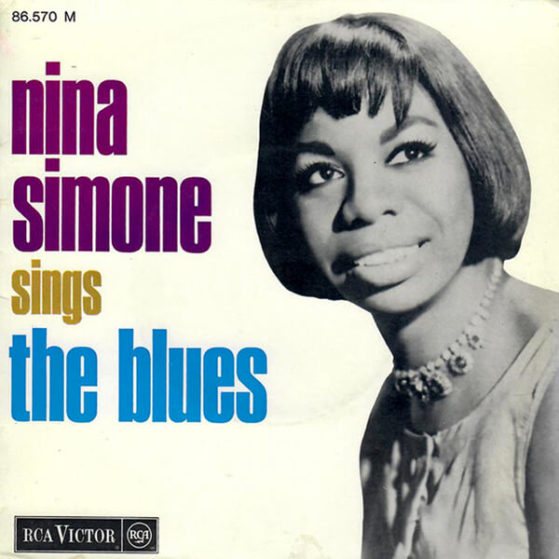SINGS THE BLUES
Creative people are, in the main, individualists, and in our business—jazz and its related offshoots—there seems to be a direct relation between creative ability and the determination to “be myself.” Nina Simone is an individualist of the highest sort.
Here she is, a tremendous artist accurately reproducing native blues in a most compelling fashion. There are no mannerisms. Affection never enters the picture. There is no hiding behind big bands, studied arrangements, or audio effects. Miss Simone simply sings—with heart at times, with guts on certain tunes, and with abandon on everything. She has wisely kept accompaniment to the small unit, which provides her with an authentic cushion of rhythm and impetus. The musicians merely echo the emotion and inflection of the artist.
These tunes are not the ones we hear on the top forty, nor are they sung by the dilettante jazz singer who does a novelty blues album. They are songs of the soil, of the people and of their troubles.
Here Miss Simone enters that world briefly, but her admission was earned and she has not violated the essence of either the people or the music. What we have here is an acceptable artist really giving it to us about the most unacceptable pangs of life.
She really moves on Do I Move You? Hear her ask the question with that peculiar mixture of humility and saucy arrogance. Day and Night is another free roller.
The old-timers who undulated on the wartime dance floors during the forties will instantly remember the slow-moving In The Dark. Listen to Miss Simone’s treatment and reminisce a little.
Real Real is a free, secular adaptation of a foot-stomping ole spiritual He’s So Real To Me. The matter is the same. The tempo is unchanged and Miss Simone builds to a fevered pitch.
The music of “Porgy and Bess” often finds its way into the repertoire of the jazz artist. My Man’s Gone Now is one of the plaintive melodies that taxes the emotional capacity of the best vocalists. Miss Simone adds to its impact by handling the tune with simplicity and feeling.
Nina Simone would not be Nina without her moments of magnificent outrage and passionate protest. Hear Backlash Blues. It’s a scathing, heated comment on the socio-political times in which we toil.
I Want a Little Sugar In My Bowl is one of those suggestive tunes successfully employing double-entendre. The most commonplace practice of early blues has lost much of its originality over the years. Miss Simone harks back to Bessie Smith and early Dinah Washington, two of the most proficient vocalists at this game.
Buck is the shortest tune in the album, but in many ways the most powerful. It is a man’s name, an animal, a sound, a veritable explosion.
If you remember In The Dark, you’ll remember Since I Fell For You. Not since Bull Moose’s poignant howling has this old tune sounded so mellow.
Some may believe The House of the Rising Sun is a ringer here. Be cool and listen again. The spirited tune with flying rhythms holds a kind of magnetic charm. It crackles with the mysticism and compulsion of blind faith and true believing. Miss Simone takes her time here to build the spell.
Every artist is entitled to one for herself. Blues For Mama has to be it. Mama is Nina and Nina is Mama—singer of the blues.
Personnel
- Nina Simone: vocals, piano
- Bob Bushnell: bass
- Bernard Purdie: drums
- Eric Gale: guitar
- Rudy Stevenson: guitar
- Ernie Hayes: organ
- Buddy Lucas: tenor saxophone, harmonica
- Mickey Crofford: engineer
- Danny Davis: producer
- David Hollander: photography
- Sid McCoy: liner notes
EXPANDED EDITIONS
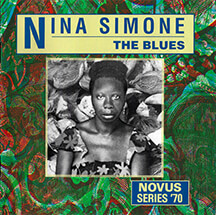
THE BLUES (1991)
Additions: The Pusher; Turn Me On; Nobody’s Fault But Mine; Go To Hell; I Shall Be Released; Gin House Blues
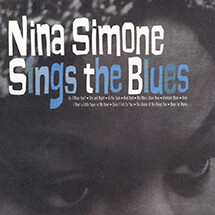
SINGS THE BLUES (2006)
Additions: Do I Move You (second version); Whatever I Am You Made Me
